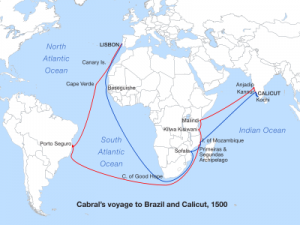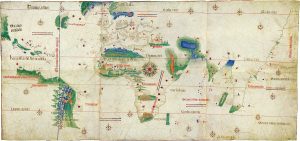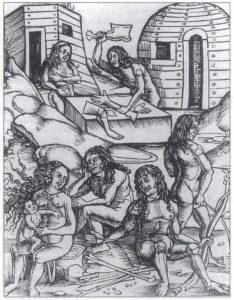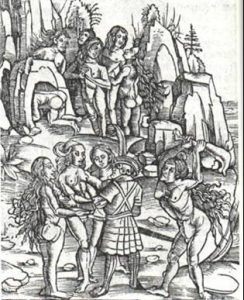Reminders/logistics
- Where to find the Historical Analysis Prep printable on the course website
Essay
- Please use the writing center
- should we use secondary sources?
- keep them limited
- shows we can pick a relevant argument
- make it appropriate to the subject
- the currency of the sources used and where the source is from due to relevancy is important
LA culture by William
Coffee, bees, and Climate Change
William’s article that talked about the effect climate change has on the bee population and in turn, has an effect on the coffee production in Latin America. The bee population has been declining for years, which has a wide array of consequences, especially for the farmers that tend to these lands. A big issue is farmers are acquiring land, but it is not being able t produce as much coffee due to it being too hot for bees to pollinate. This put the farmers’ lively hood in danger. However, this is seen as a wild claim because of the different geographical regions in Latin America. This is connected to our discussion of environment that we have in class.
Questions from classmates
- Are countries helping the bee population?
- Article list general solutions
- How is climate change affecting the coffee growth?
- Article didn’t really touch, but the bees are unable to perform their jobs which hinder the harvesting
- If this continues what would be the price of coffee?
- Concern is more on the lives of these farmers, and not the coffee price possible increase. Countries are making sure the workers have a stable life.
Encounter/first reports
Professor Holt poses us with multiple questions to start off today’s lecture.
- How does the process of European discovery present these places to their rulers?
- How do they (explorers) describe what they see?
- How do they make these places a commodity/attractive?
- Are we following the money?
Before we broke into groups, we discussed the importance of material culture/clothing the Natives, or lack there of, and how “explorers” would retell this back in the old world. How nudity affects the perceptions of Native people. We also discussed the types of primary sources that survived and how that has also shaped our understanding of these communities and the encounter.
Iberia is the center of a commercial network which is an incentive to control trade and the navigation technology. They have also had centuries of coexistence and experience of living with “others.”
Columbus has tons of myths around his voyage. He landed in the Caribbean but thought he had landed in India till his deathbed. His voyage was sort of low-end. He only had 90 men with him. However, his log was one of the best sources of encounter, but we do not have the original and are working from a copy. Professor Holt gave an excerpt of Columbus’ first encounter report from 10/12/1442.
Comments from classmates
- Jack- describes as poor due to clothing
- William- focuses on physical appearance and how he is in awe, visually is barbaric due to nudity and body paint
- Chris- defending themselves from other islands, not entirely helpless, handsome form
- hair is compared to horses tails correlates to dehumanizations of Native People
- Alberto- ages, appear very young, childlike/innocent
- the bible can’t be wrong so how do we categorize
- people cling to preconceived ideas
- explorers
We were then split into groups to discuss HAP.

We then discussed Cabral’s voyage. His sea route to India was by going around Africa.

Cantino Planisphere (1502)
People have been trying to base maps on coast lines. The north/south directions are more accurate than the west/east dimensions. His mission is much more prepared. We then discussed the similarities and differences between Columbus and Cabral first reports back to the motherland. Cabral is selling it and Columbus is more on the fascination of body paint of the Natives. Portugal is interested in sending Jesuits for missionaries and they were interested in Brazil for only a port. Portugal saw Native People as “rulable” and docile. They thought they were doing a good by spreading the one true faith.

German Illustration of Amerigo Vespucci Letter

These were the first wildly circulated of new world people. Is it important to remember the artist has never left Germany and based his illustrations on Vespucci’s letter.
Class Discussion
- very sexualized drawing of Native women
- Limbs are on the cutting block to show cannibalism, barbarism, and violence.
- Posture is a strong motif in the drawing
- Natives are slouched and Europeans are standing tall
- Facial expressions seem primitive
- The depiction of Native Women is a Eurocentric view of women being more prone to sin
We ended the class with a self-evaluation of our class participation.
